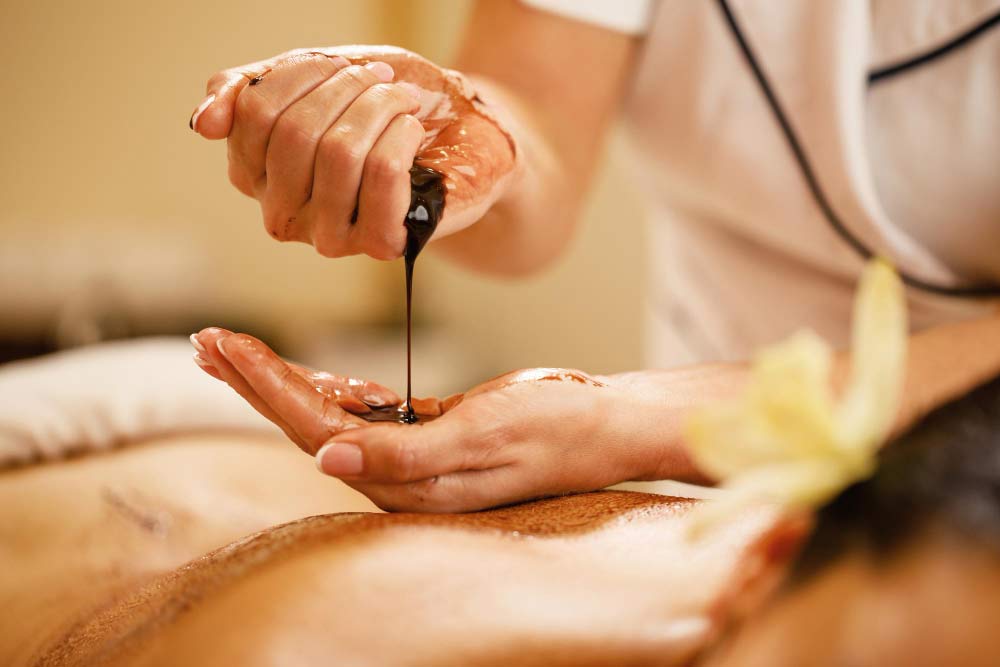Panchakarma stands out as one of the most profound and transforming therapies in the age-old Ayurvedic medical system. The term “Panchakarma,” which derives from the Sanskrit terms “pancha” (which means five) and “karma” (which means action), refers to a group of rejuvenation and cleansing treatments that aid in reestablishing harmony and balance in the body, mind, and spirit. In this article, we’ll look at the fundamentals of Panchakarma, its five primary steps, and all the ways it can improve your health in general.
THE ULTIMATE WAY TO DETOX AND REJUVENATE
Understanding Panchakarma: Panchakarma is a thorough cleansing and rejuvenation procedure designed to get rid of impurities, revive the body, and support good health. It emphasises on eliminating accumulated waste (ama) and achieving equilibrium by balancing the three doshas (Vata, Pitta, and Kapha). Panchakarma treatments normally involve a variety of therapies that are adapted to a person’s unique needs and are carried out under the supervision of qualified Ayurvedic professionals.
The Five Main Panchakarma Procedures:
Vamana (Therapeutic Emesis): Vamana is a regulated procedure of induced vomiting that clears the upper respiratory tract and digestive system of excess Kapha dosha. It helps with ailments like chronic sinusitis, allergies, and respiratory congestion.
Virechana (Purgation Therapy): Virechana is the administration of herbal laxatives to help the liver, gallbladder, and intestines rid themselves of too much Pitta dosha. Skin ailments, intestinal problems, and liver abnormalities can all be successfully treated with this technique.
Basti (Medicated Enema): Basti is a therapeutic enema in which the rectum is filled with herbal oils, decoctions, or medications. It supports colon nutrition, detoxification, and Vata dosha balance. Constipation, persistent discomfort, and neurological diseases are among the conditions for which basti is very helpful.
Nasya (Nasal Administration): Nasya entails injecting medicinal or herbal oils into the nasal passages. This method helps balance the doshas in the head and neck region, remove nasal congestion, and enhance mental clarity. Nasya is frequently prescribed for allergies, migraines, and sinusitis.
Rakta Mokshana (Bloodletting): To purify and balance the blood, Rakta Mokshana is a specialised treatment that involves the controlled removal of small amounts of blood. It is advised for ailments like inflammatory diseases, persistent infections, and certain skin abnormalities.

The advantages of Panchakarma:
Detoxification: Panchakarma therapies aim to eliminate toxins that are ingrained deep within the body, cleansing the body and improving general health.
Dosha Balancing: By resolving dosha imbalances, Panchakarma helps restore harmony and vigour and lowers the risk of a variety of health problems.
Rejuvenate: Panchakarma promotes life, vigour, and a young appearance by rejuvenating the body and mind.
Enhanced Digestion: Panchakarma enhances digestion and metabolism, enabling greater nutritional absorption and waste material disposal.
Stress Reduction: Panchakarma treatments involve a variety of calming techniques that ease tension, increase mental clarity, and lessen stress.
An effective Ayurvedic treatment, panchakarma offers a holistic approach to detoxification, regeneration, and general well-being.



